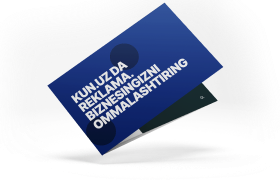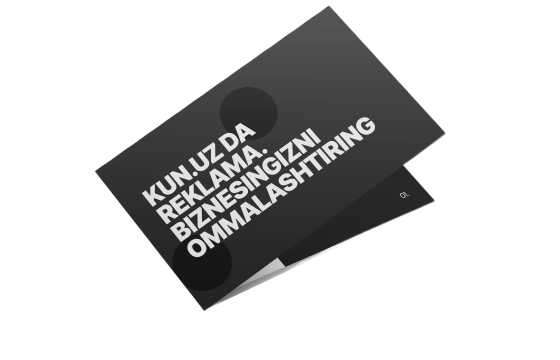Gov’t to launch “Unified Tourist Card” for access to all historical monuments
On April 9, President Shavkat Mirziyoyev chaired a virtual meeting focused on enhancing the tourism potential of Uzbekistan’s regions and expediting investment projects with international partners, according to the presidential press service.
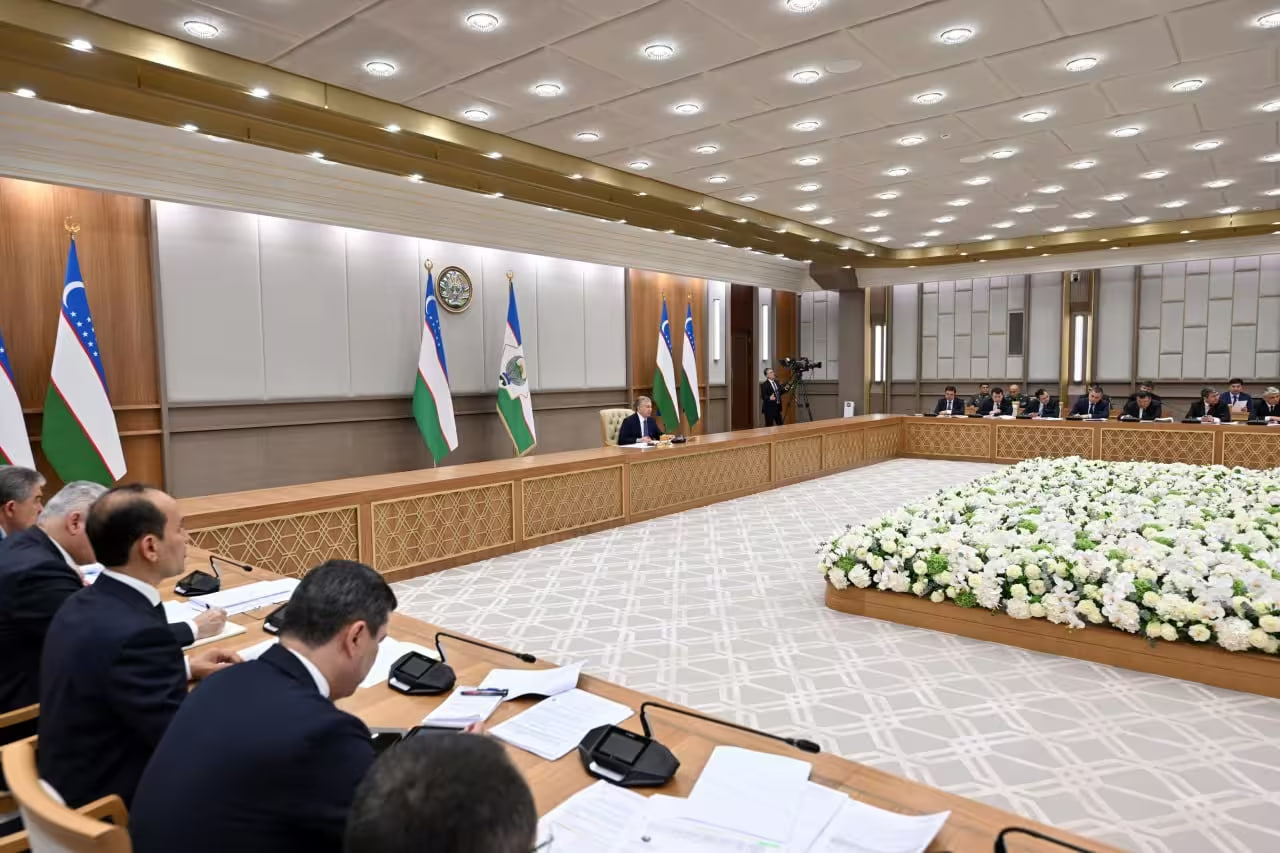
Photo: Presidential press service
Over the past four years, 385 billion UZS have been allocated from the state budget for the restoration and conservation of cultural heritage sites. Despite this, 485 heritage objects remain in urgent need of repair.
“We shouldn’t rely solely on the state budget — the private sector can and should be more actively involved in these efforts,” the president stated.
Out of more than 2,000 cultural heritage sites eligible for lease, only 325 have been transferred to entrepreneurs, which drew criticism. Officials were instructed to lease out at least 400 sites to private businesses this year.
Although thousands of people visit tourist sites daily, the revenue system lacks transparency due to insufficient digitalization. The president stressed that an open, automated system could allow revenues to be reinvested in site maintenance. As such, entry-exit tracking devices will be installed at all cultural heritage locations.
A key initiative will be the introduction of a “Unified Tourist Card” granting access to all historical monuments across the country. This year, Uzbekistan also aims to attract at least $4 million in grants for the restoration of cultural heritage sites.
It has been over a year since the Zarafshan–Karakum corridor of the Great Silk Road was added to the UNESCO World Heritage List. The corridor includes 31 cultural sites — 15 in Uzbekistan, 9 in Tajikistan, and 7 in Turkmenistan. However, officials and local governors have yet to present a single proposal on how to harness the corridor’s tourism potential. Authorities have now been instructed to develop and promote new tourism routes along this historic pathway.
“In tourism, we reduced higher education from 4 to 3 years and transitioned to a dual training system. Why? Because young people need more hands-on experience and practical skills,” President Mirziyoyev said.
He cited the example of the Singapore Institute of Management in Tashkent, which is developing a 10-story hotel cluster on its campus. Every year, 200 students and 300 teachers will be able to undergo internships and professional training in hotel management, marketing, and other fields.
Efforts will also be made to expand dual education programs in the regions, with a target of sending 500 students this year to gain practical experience and employment in tourism.
As a result of the initiatives discussed in the meeting, Uzbekistan’s tourism sector this year aims to:
- Attract 15 million foreign tourists and boost export revenues to $4 billion;
- Launch 635 hotels and guesthouses, creating 50,000 new jobs;
- Support the establishment of 375 additional tour operators;
- Create tourist villages: one each in Andijan, Jizzakh, Navoi, Surkhandarya, and Tashkent regions; two in Kashkadarya; and three in Bukhara.
Related News

18:10 / 27.05.2025
Culinary diplomacy: “Uzbekistan Caravan” unites cultures across the UK
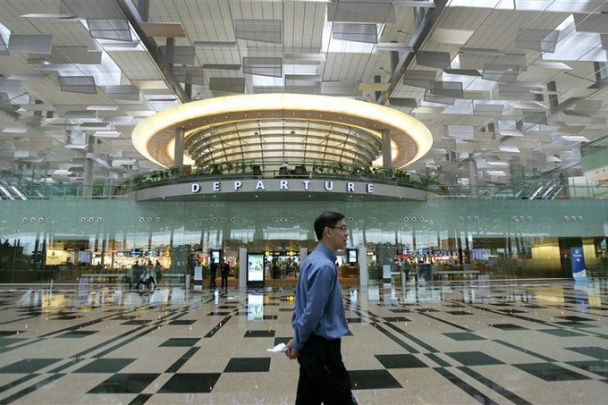
19:52 / 20.05.2025
Singapore and Uzbekistan explore air link amid rising tourist demand

13:00 / 20.05.2025
Uzbekistan introduces visa-free entry for citizens of three more countries
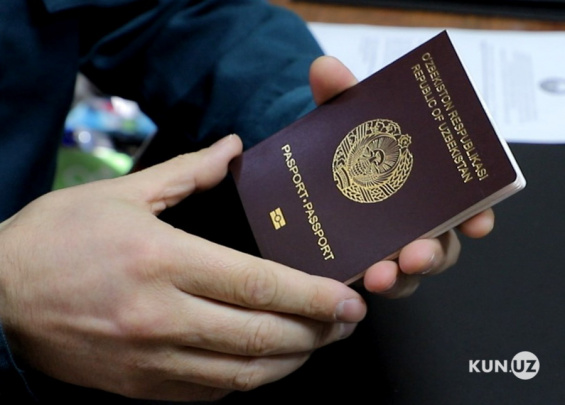
19:12 / 13.05.2025
